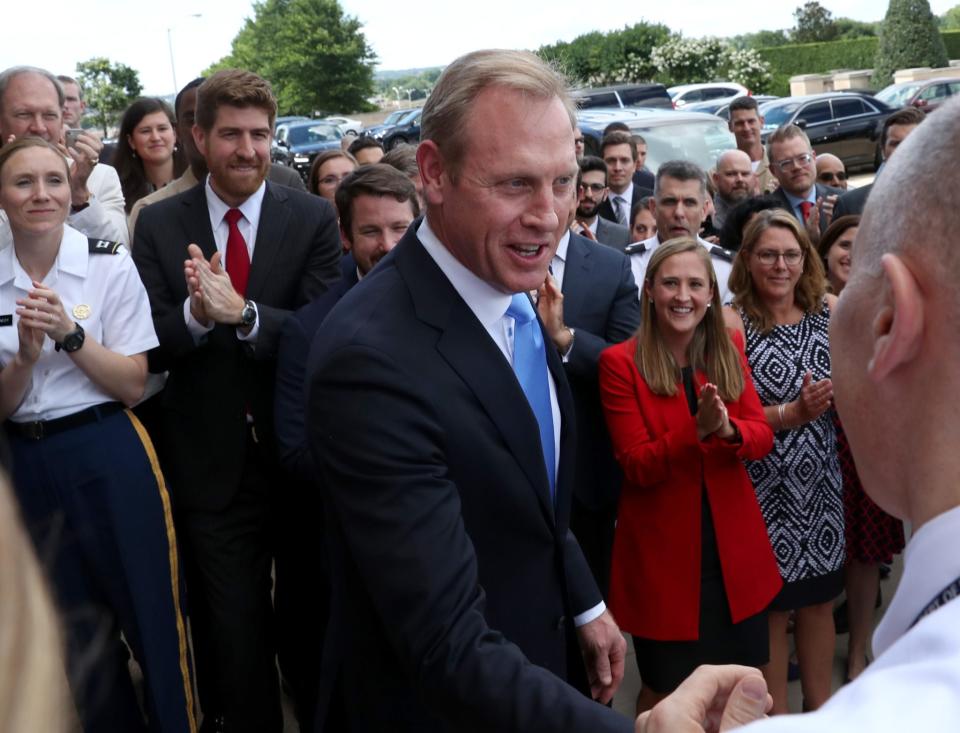Is he Boeing’s next CEO?

Good morning.
When interviewing Alan Mulally, it’s clear he has a passion for both the science of making products and the art of managing people. Before his eight-year run as CEO of Ford, Mulally was CEO of Boeing Commercial Airplanes from 1998 to 2006. A celebrated leader in both jobs, he was an aerospace engineer who’d built his career in a culture that trusted its engineers, a culture that started to erode after Boeing’s merger with McDonnell Douglas. He left Boeing after being passed over for Jim McNerney as CEO.
I mention Mulally because Boeing needs not just a new leader but a new leadership approach. It’s now pleading guilty to fraud charges over the deadly 737 Max crashes. CEO Dave Calhoun, along with predecessors Dennis Muilenburg and McNerney, has been criticized for being a numbers guy who paid more attention to shareholders and stock price than employees and safety. For a fuller history, check out Shawn Tully’s cover story earlier this year.
At 78, Mulally isn’t likely to be the next CEO of Boeing, a company that could take several years to turn around. Instead, keep an eye on Spirit AeroSystems CEO Pat Shanahan, an aerospace veteran and former acting defense secretary whom Shawn identified as a top contender months ago. Boeing’s $4.7 billion acquisition of Spirit Aero, a major Boeing supplier, puts Shanahan in an even stronger pole position. (It should be noted that Spirit has contributed to Boeing's quality gaffes, including the door-plug blowout, problems Shanahan was hired to fix.)
The question is not just who takes the job, but when. Calhoun announced in March that he will step down at the end of the year. That’s a long goodbye for a leader who’s been CEO of a deeply troubled company since January 2020 and on its board since 2009. As Calhoun said after Muilenberg’s ouster: “Boards are invested in CEOs until they’re not.”
Bill George, a leadership expert and former Medtronic CEO, argues “the Boeing board needs to stop treading water under Dave Calhoun and appoint a transformative leader like Pat.” That would allow them to focus on rebuilding Boeing for the future.
Having never met Shanahan, I asked some recruiters and industry insiders what he’s like. What came back is a picture of a fiercely competitive technocrat who’s not afraid to bruise egos and drill down to the smallest details to get things done. Not for nothing was he called “Mr. Fix-It.” Along with a willingness to step on toes, though, Shanahan would have to build trust with an unhappy workforce, as well regulators, suppliers, investors and a disgruntled public. It’s not clear that he wants such a high-profile role.
But Boeing is clearly getting a strong leader in its latest acquisition. Headhunter Peter Crist, who’s spent decades assessing leaders in the industrial space, believes that Shanahan is the frontrunner. He notes that it’s not uncommon to see “companies buying other companies with the intent of acquiring talent at the CEO level.” Shanahan is an obvious catch. As Crist puts it: “Now that you have him, what are you going to do with him?”
More news below.
Diane Brady
diane.brady@fortune.com
Follow on LinkedIn
This story was originally featured on Fortune.com

 Yahoo Finance
Yahoo Finance 